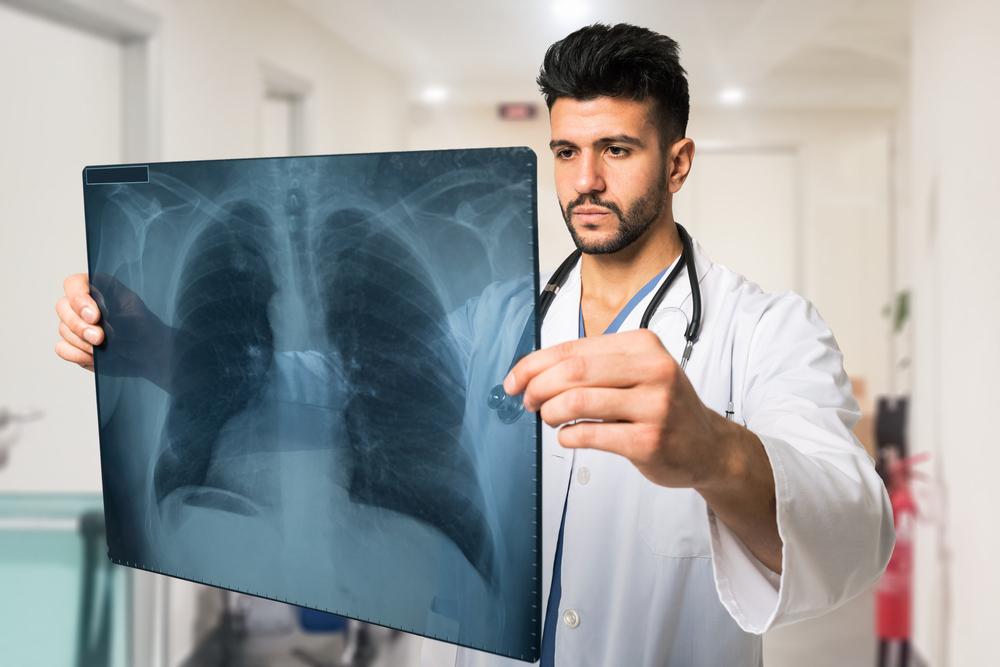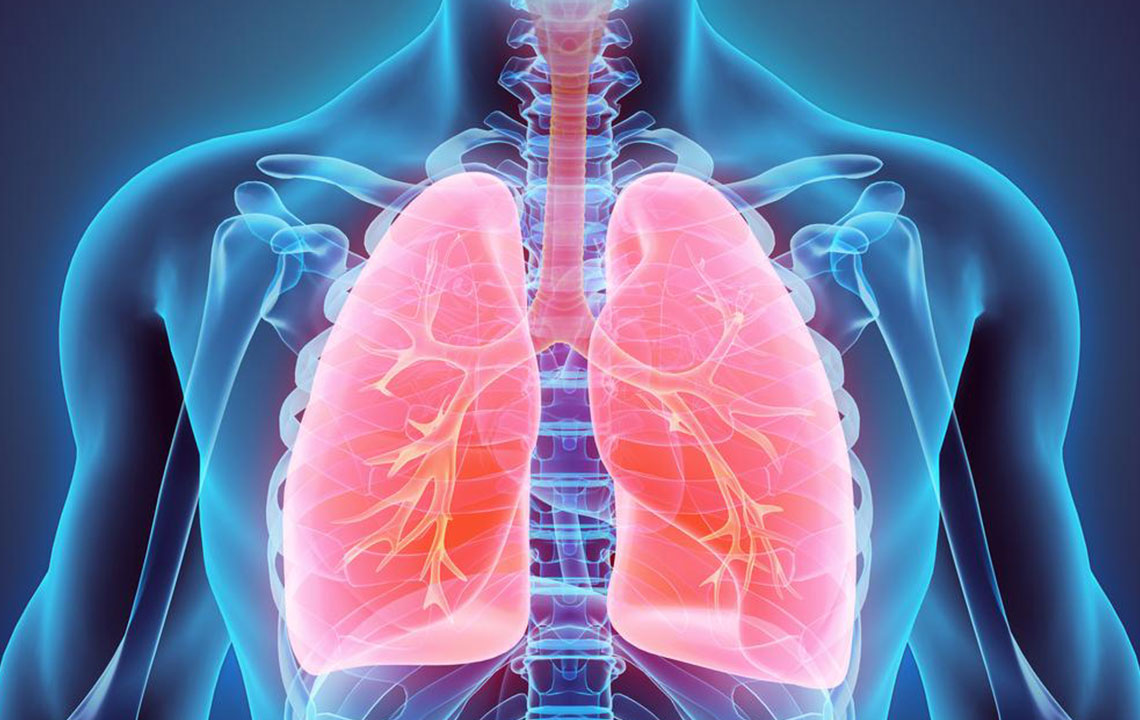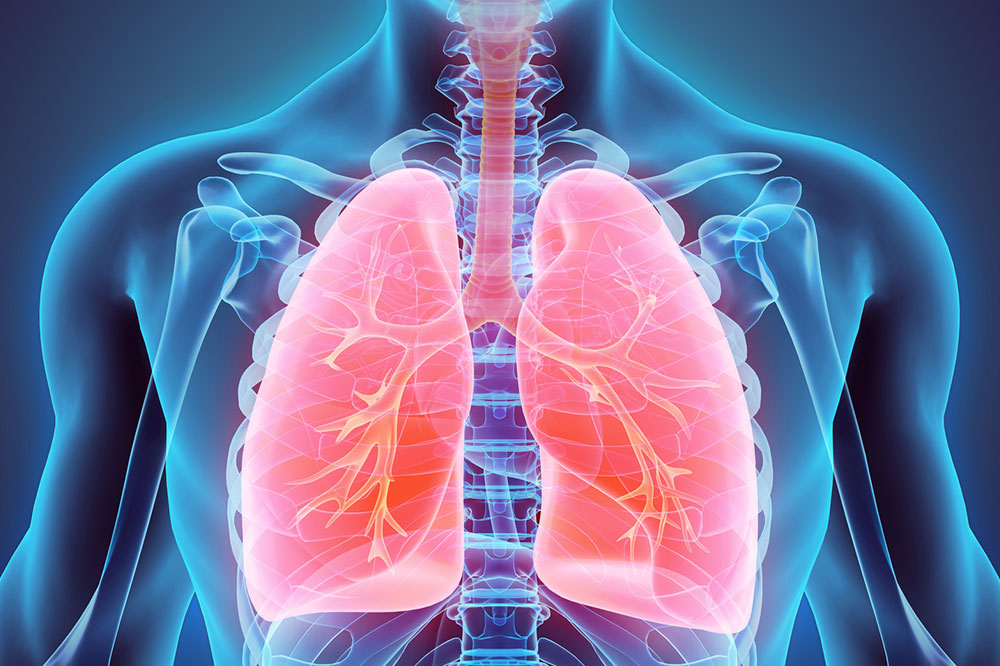Comprehensive Guide to Lung Cancer: Risks, Symptoms, and Treatment Options
Explore essential information about lung cancer, including risk factors like smoking and environmental exposure, early warning signs, and treatment options. This comprehensive guide emphasizes the importance of early diagnosis and provides insights into managing the disease effectively for better health outcomes.

Understanding Lung Cancer: Key Facts and Insights
Lung cancer occurs when abnormal tissue growth develops uncontrollably in the lungs, potentially spreading to other parts of the body and leading to fatal outcomes. Most cases originate from the epithelial cells lining the larger (bronchi) and smaller (bronchioles) airways. The disease predominantly affects older adults, with over 70% of diagnoses occurring in individuals above 60 years old.
Beyond the lungs, cancer can metastasize to distant organs. It remains a leading cause of mortality worldwide. Early diagnosis and appropriate treatment, including chemotherapy, radiation therapy, and radiosurgery, are crucial for improving survival chances.
Numerous factors contribute to lung cancer risk, with smoking being the primary cause. Yet, non-smokers also face risks, highlighting the role of environmental factors like air pollution. The disease can spread beyond the lungs through metastasis.
Major Causes of Lung Cancer
Tobacco Use: Smoking remains the leading cause, responsible for about 90% of cases. Long-term cigarette use significantly increases risk.
Asbestos Exposure: Contact with asbestos fibers from occupational sources can cause lung malignancies as fibers remain in lung tissues for extended periods.
Secondhand Smoke: Non-smokers exposed to cigars or pipe smoke are at about 25% increased risk, especially with continuous exposure.
Radon Gas: Inhalation of radon gas from soil sources over time can raise the likelihood of developing lung cancer.
Genetics: Family history plays a role, with hereditary factors influencing individual susceptibility.
Symptoms of Lung Cancer
Symptoms may not appear early but become evident as the disease progresses. Common signs include a persistent cough, sometimes with blood, shortness of breath, and hoarseness. Additional symptoms involve weight loss, weakness, neurological issues like memory problems, and bone fractures unrelated to injury.
Treatment Approaches
The treatment depends on age, overall health, and cancer stage. Options include surgery for localized tumors, radiation, radiosurgery, chemotherapy, and targeted therapies. Surgical removal is preferred if cancer remains confined; otherwise, high-dose radiation or medications are used to target cancer cells.










